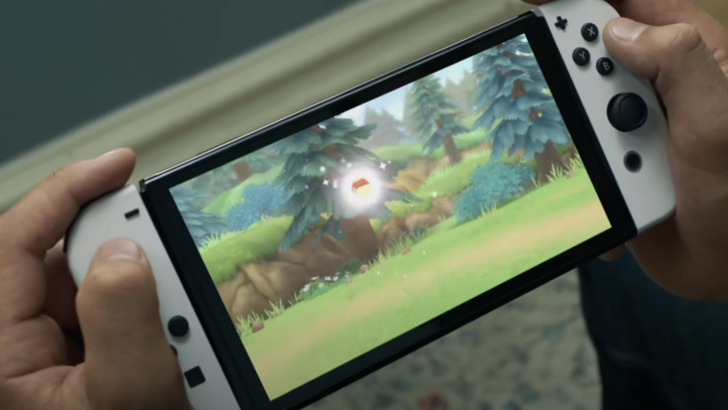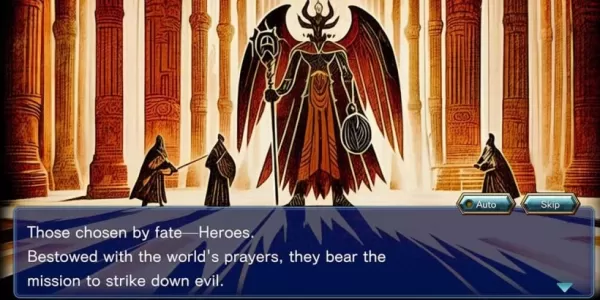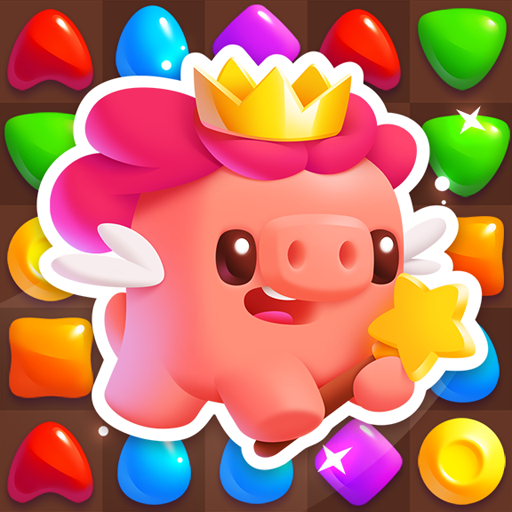Cinderella's 75th Anniversary: How the Princess and Her Glass Slippers Revived Disney
Just as Cinderella's dream was set to end at midnight, The Walt Disney Company faced a similar fate in 1947, grappling with a debt of approximately $4 million due to the financial setbacks of films like Pinocchio, Fantasia, and Bambi, exacerbated by World War II and other factors. However, the beloved princess and her iconic glass slippers played a pivotal role in saving Disney from an untimely end to its animation legacy.
As Cinderella celebrates its 75th anniversary of its wide release on March 4, we've engaged with several Disney insiders who continue to draw inspiration from this timeless rags-to-riches tale. This story not only parallels Walt Disney's own journey but also rekindled hope within the company and a post-war world yearning for something to believe in once more.
The Right Film at the Right Time --------------------------------To understand the significance of Cinderella, we must revisit Disney's fairy godmother moment in 1937 with the release of Snow White and the Seven Dwarfs. This film's unprecedented success, holding the title of the highest-grossing film until Gone with the Wind surpassed it two years later, enabled Disney to establish its Burbank studio, still its headquarters today, and paved the way for more feature-length animated films.
Following Snow White, Disney's next venture, Pinocchio in 1940, came with a hefty $2.6 million budget, about a million more than Snow White. Despite its critical acclaim and two Academy Awards for Best Original Score and Best Original Song, it resulted in a $1 million loss. This trend continued with Fantasia and Bambi, further deepening Disney's financial woes. The primary reason for these setbacks was the outbreak of World War II, triggered by Germany's invasion of Poland in September 1939.
"Disney's European markets dried up during the war, and films like Pinocchio and Bambi couldn't be shown there, leading to poor performance," explained Eric Goldberg, co-director of Pocahontas and lead animator on Aladdin's Genie. "The studio was then commissioned by the U.S. government to produce training and propaganda films for the Army and Navy. Throughout the 1940s, Disney shifted to creating Package Films like Make Mine Music, Fun and Fancy Free, and Melody Time. These were excellent projects but lacked a cohesive narrative from start to finish."
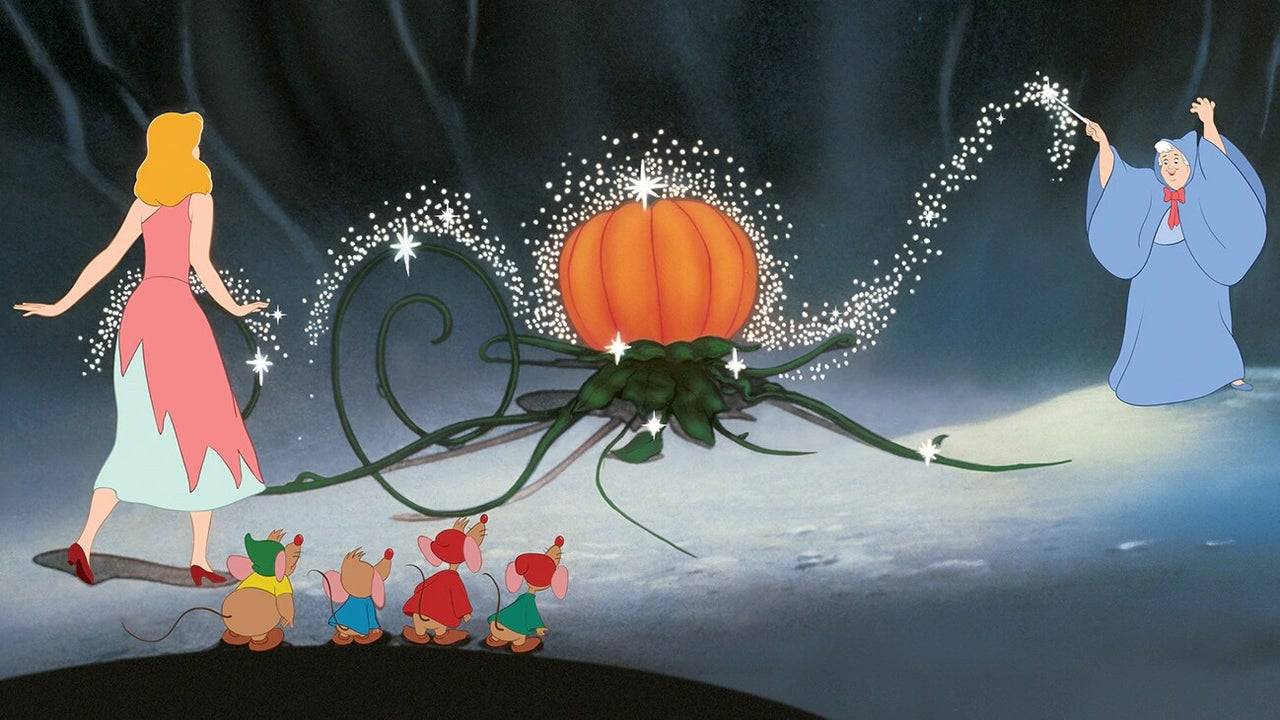
Package Films were compilations of short cartoons assembled into feature films. Disney produced six of these between Bambi in 1942 and Cinderella in 1950, including Saludos Amigos and The Three Caballeros, which were part of the U.S.'s Good Neighbor Policy to counter Nazism in South America. While these films managed to break even and Fun and Fancy Free reduced the studio's debt from $4.2 million to $3 million by 1947, they hindered the production of true feature-length animated stories.
"I wanted to get back into the feature field," Walt Disney reflected in 1956, as quoted in The Animated Man: A Life of Walt Disney by Michael Barrier. "But it required significant investment and time. A good cartoon feature demands a lot of both. My brother Roy and I had a heated discussion... It was one of my big upsets... I said we're going to either move forward, get back into business, or liquidate and sell out."
Facing the possibility of selling his shares and leaving the company, Walt and Roy chose the riskier path, betting everything on their first major animated feature since Bambi in 1942. If this gamble failed, it could have spelled the end for Disney's animation studio.
"At this time, Alice in Wonderland, Peter Pan, and Cinderella were all in development, but Cinderella was chosen first due to its similarities to Snow White," said Tori Cranner, Art Collections Manager at Walt Disney Animation Research Library. "Walt recognized that post-war America needed hope and joy. While Pinocchio is a beautiful film, it lacks the joy that Cinderella embodies. The world needed a story of rising from the ashes to something beautiful, and Cinderella was the perfect choice for that moment."
Cinderella and Disney’s Rags to Riches Tale
Walt's connection to Cinderella dates back to 1922 when he created a Cinderella short at Laugh-O-Gram Studios, just before founding Disney with Roy. This short, and later the feature film, were inspired by Charles Perrault's 1697 version of the tale, which may trace its origins to between 7 BC and AD 23 by the Greek geographer Strabo. It's a classic narrative of good versus evil, true love, and dreams coming true, deeply resonating with Walt.
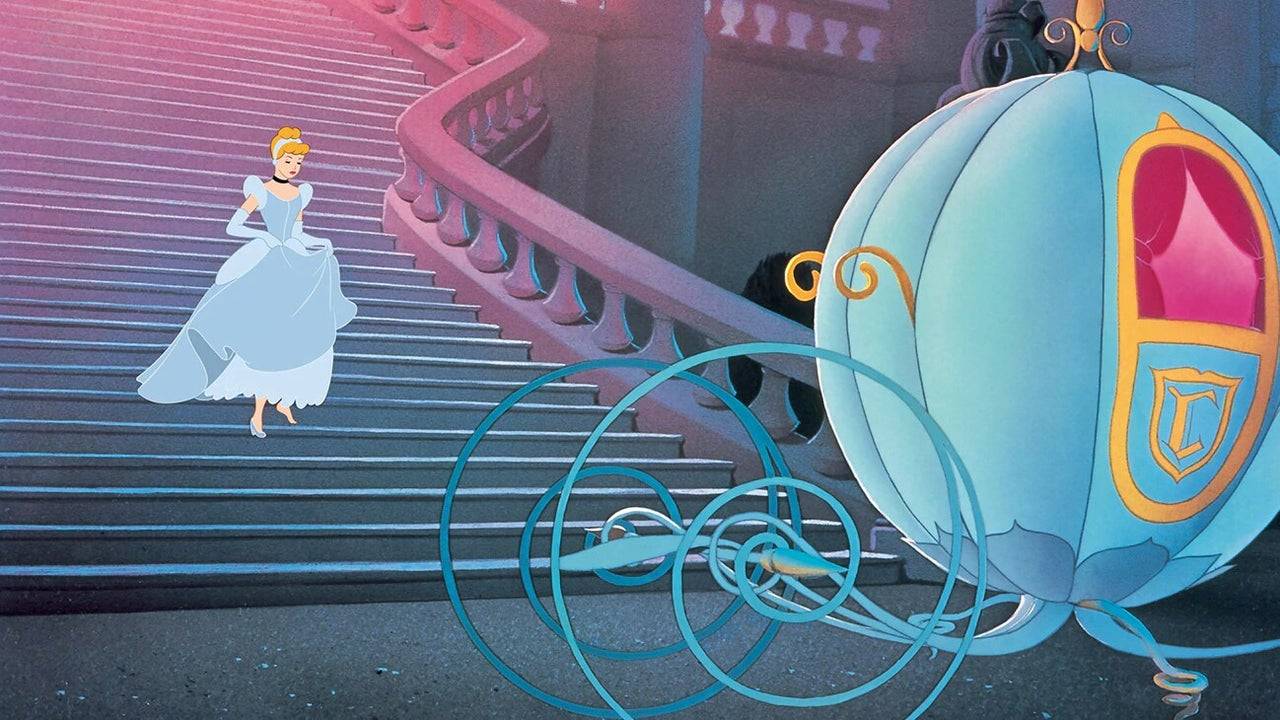
"Snow White was a kind and simple girl who believed in wishing and waiting for her Prince Charming," Walt Disney remarked in footage from Disney's Cinderella: The Making of a Masterpiece special DVD feature. "Cinderella, however, was more practical. She believed in dreams but also in taking action. When Prince Charming didn't come, she went to the palace to find him."
Cinderella's strength and resilience, despite her mistreatment by her Evil Stepmother and Stepsisters, mirrored Walt's own journey from humble beginnings, marked by numerous failures and challenges, yet driven by an unwavering dream and work ethic.
Walt's early attempt to revive Cinderella as a Silly Symphony short in 1933 evolved into a more ambitious project by 1938, eventually becoming a feature film. Despite delays due to the war and other factors, the film's development over a decade allowed it to mature into the beloved classic we know today.
Disney's success with Cinderella stemmed from its ability to transform traditional fairytales into universally appealing stories. "Disney took these age-old tales and infused them with his unique touch, bringing heart and passion to the characters and narratives," Goldberg noted. "These stories, often grim and cautionary, were made palatable and enjoyable for all audiences, ensuring their enduring appeal."
Cinderella's animal friends, including Jaq, Gus, and the birds, provided comic relief and allowed Cinderella to express her true self, deepening audience connection. The Fairy Godmother, reimagined as a bumbling, grandmotherly figure by animator Milt Kahl, added relatability and charm, culminating in the iconic transformation scene that remains a highlight in Disney's history.
The animation of Cinderella's dress transformation, credited as Walt's favorite, was meticulously crafted by Disney Legends Marc Davis and George Rowley. "Every sparkle was hand-drawn and painted on each frame," Cranner marveled. "There's a moment during the transformation where the magic pauses, creating a breathtaking effect that truly captures the magic."
The addition of the breaking glass slipper at the film's end further emphasized Cinderella's agency and strength. "Cinderella isn't just a passive character; she's proactive and resourceful," Goldberg emphasized. "When the slipper breaks, she presents the other one she's kept, showcasing her control and strength."
Cinderella premiered in Boston on February 15, 1950, and had its wide release on March 4, earning $7 million on a $2.2 million budget, making it Disney's most successful film since Snow White. It received three Academy Award nominations and was hailed as a return to form for Disney. "Cinderella's success revitalized the studio," Goldberg said. "It allowed Disney to continue creating narrative features like Peter Pan, Lady and the Tramp, Sleeping Beauty, 101 Dalmatians, and The Jungle Book."
75 Years Later, Cinderella’s Magic Lives On
Seventy-five years later, Cinderella's influence remains strong, evident in Disney parks and modern films. Her castle inspires the iconic castle seen in Disney movie intros, and her legacy is felt in scenes like Elsa's dress transformation in Frozen, animated by Becky Bresee. "We wanted to honor Cinderella's impact," Bresee shared. "The sparkles and effects in Elsa's transformation pay homage to Cinderella."
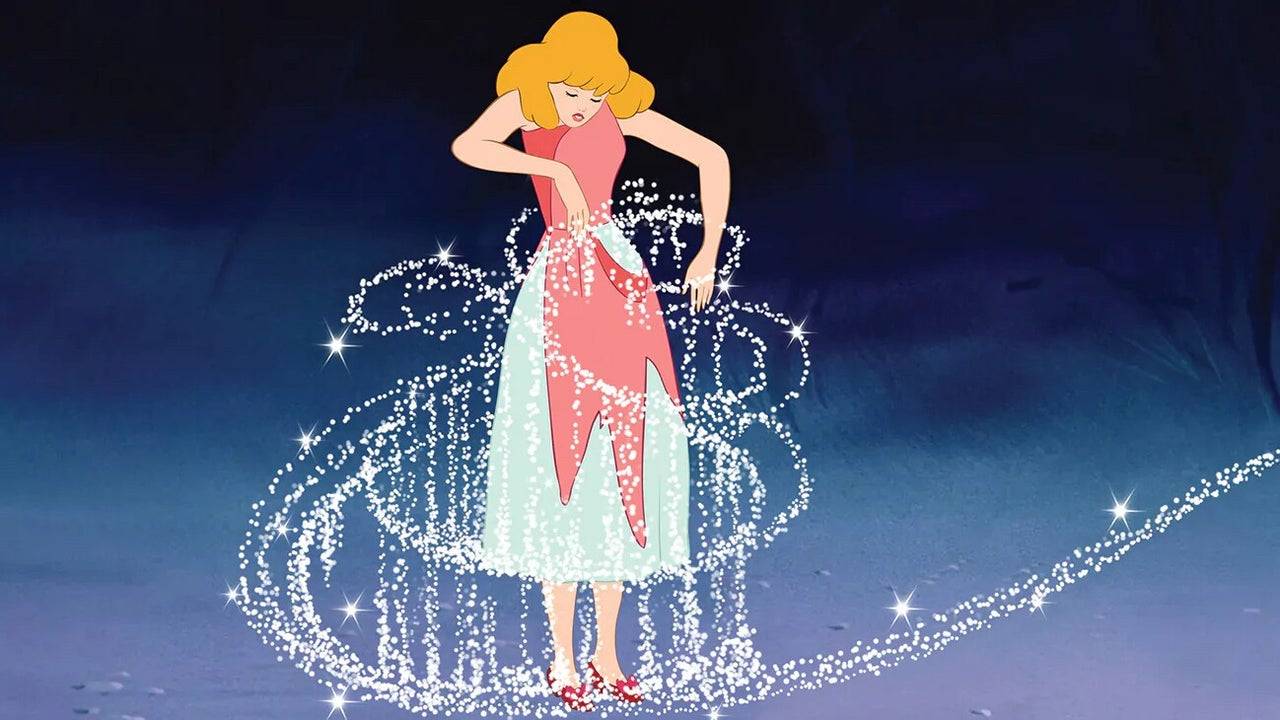
The contributions of the Nine Old Men and Mary Blair to Cinderella's distinctive style and character are also noteworthy. As Eric Goldberg aptly summarized, "Cinderella's biggest message is hope. It shows that perseverance and strength can lead to realized dreams, no matter the era."
-
1
![Roblox Forsaken Characters Tier List [UPDATED] (2025)](https://imgs.ksjha.com/uploads/18/17380116246797f3e8a8a39.jpg)
Roblox Forsaken Characters Tier List [UPDATED] (2025)
Mar 17,2025
-
2

Roblox UGC Limited Codes Unveiled for January 2025
Jan 06,2025
-
3
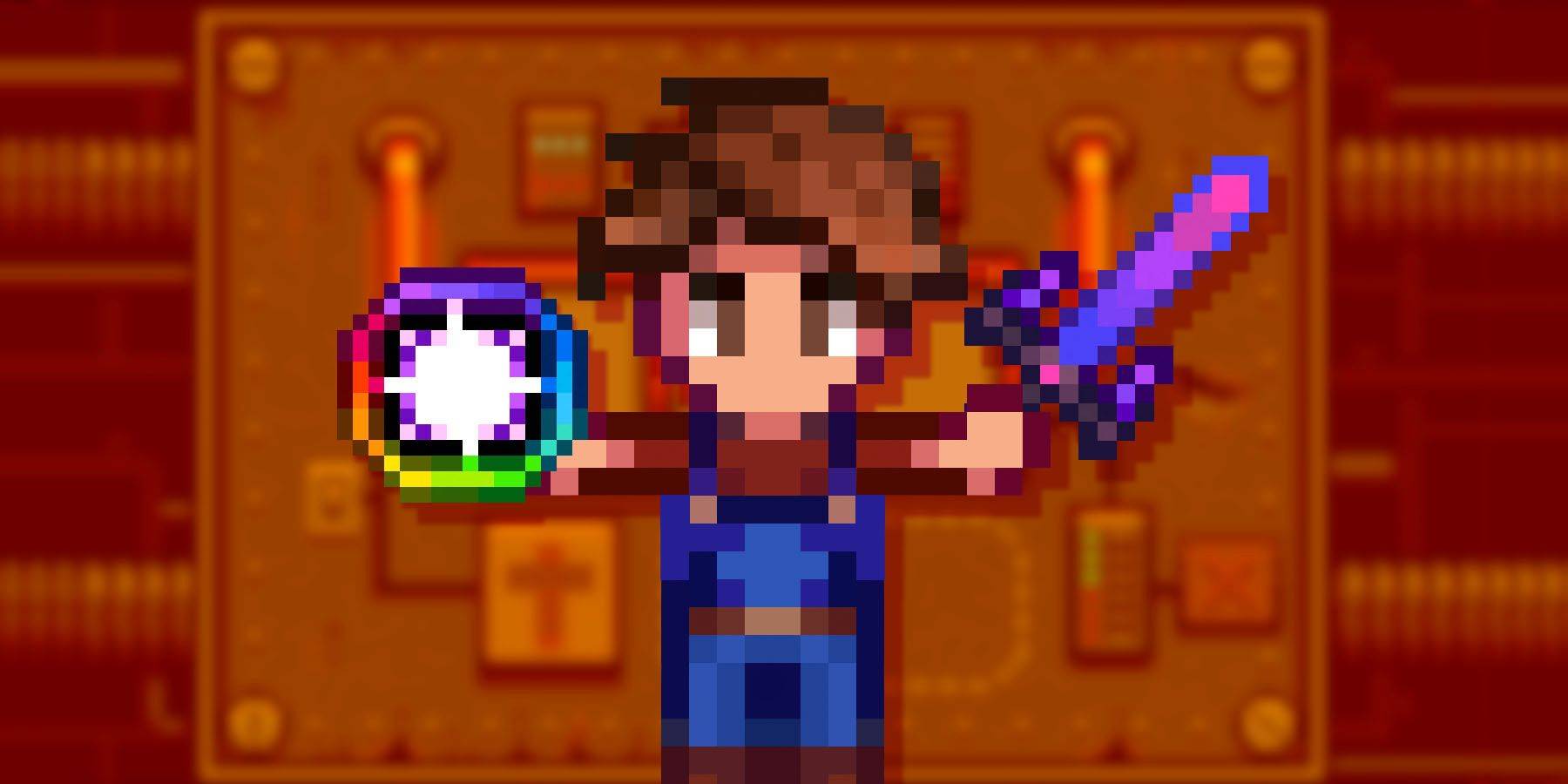
Stardew Valley: A Complete Guide To Enchantments & Weapon Forging
Jan 07,2025
-
4
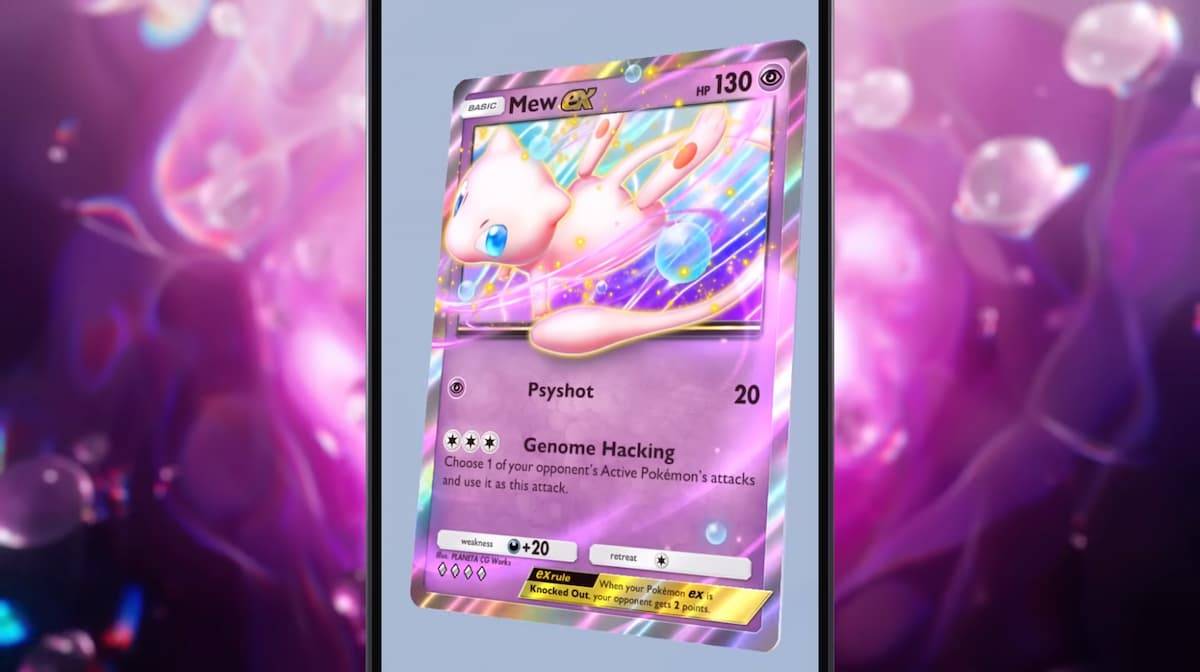
Pokémon TCG Pocket: Troubleshooting Error 102 Resolved
Jan 08,2025
-
5
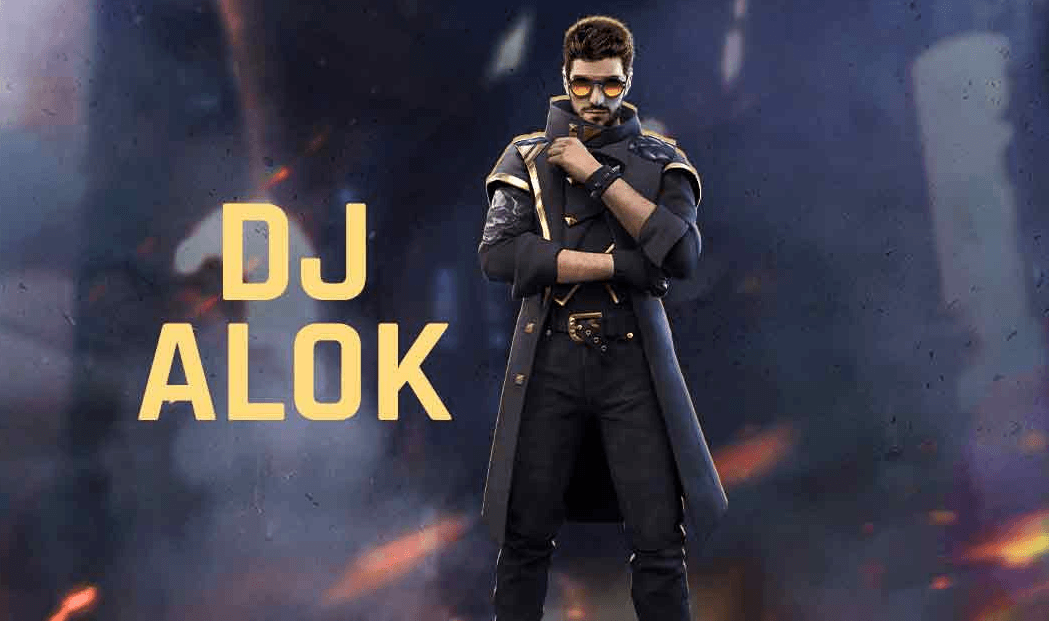
Free Fire Characters 2025: Ultimate Guide
Feb 20,2025
-
6

Blood Strike - All Working Redeem Codes January 2025
Jan 08,2025
-
7
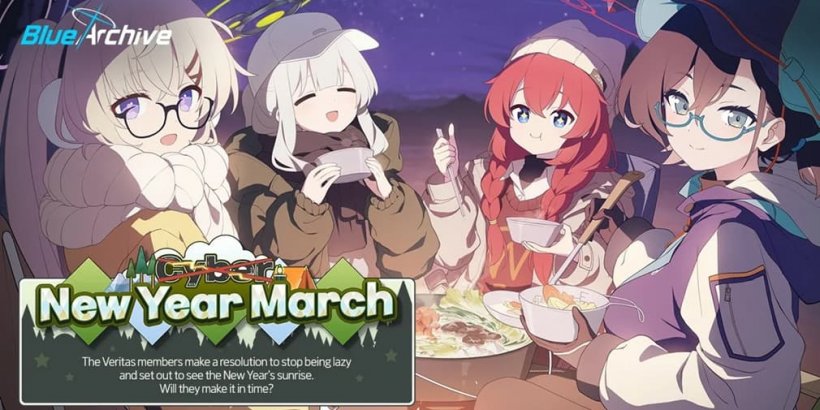
Blue Archive Unveils Cyber New Year March Event
Dec 19,2024
-
8

Roblox: RIVALS Codes (January 2025)
Jan 07,2025
-
9

Cyber Quest: Engage in Captivating Card Battles on Android
Dec 19,2024
-
10

Delta Force: A Complete Guide to All Campaign Missions
Apr 09,2025
-
Download

A Simple Life with My Unobtrusive Sister
Casual / 392.30M
Update: Mar 27,2025
-
Download

Random fap scene
Casual / 20.10M
Update: Dec 26,2024
-
Download
![Corrupting the Universe [v3.0]](https://imgs.ksjha.com/uploads/66/1719514653667db61d741e9.jpg)
Corrupting the Universe [v3.0]
Casual / 486.00M
Update: Dec 17,2024
-
4
Ben 10 A day with Gwen
-
5
Oniga Town of the Dead
-
6
A Wife And Mother
-
7
Cute Reapers in my Room Android
-
8
Permit Deny
-
9
Utouto Suyasuya
-
10
Roblox

